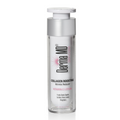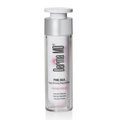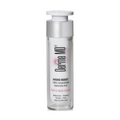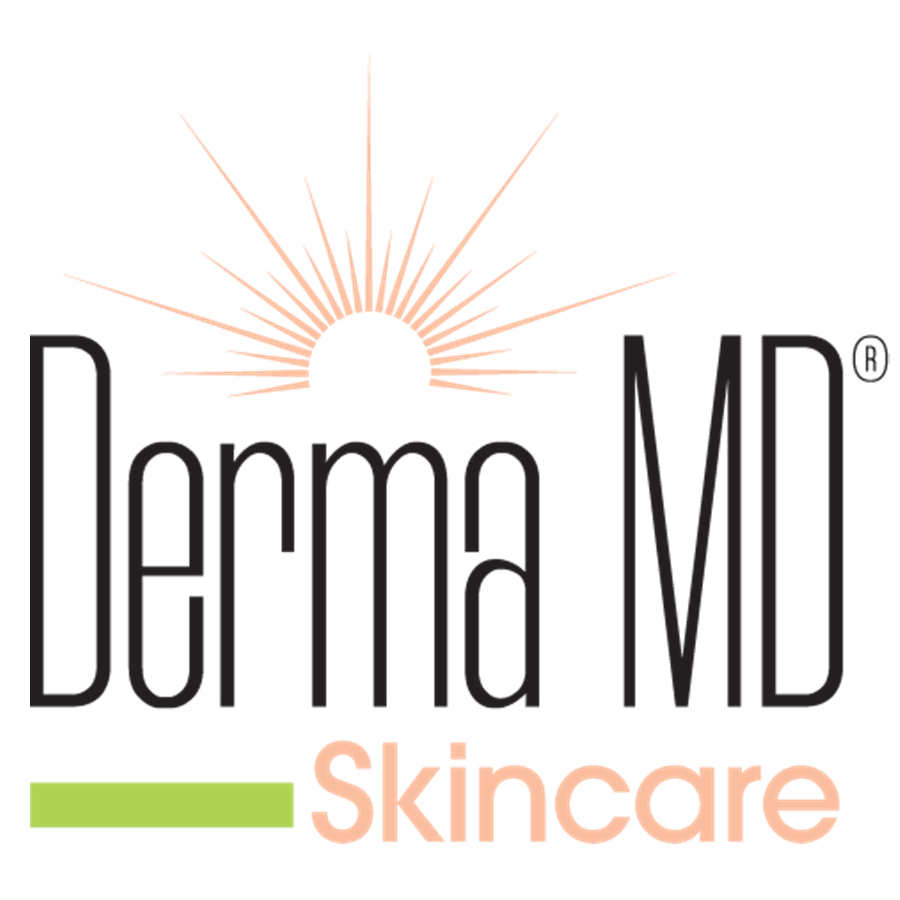Choosing the Best and Safest Sun Protection

Summer and sun protection go hand in hand but have you ever thought about the safety and effectiveness of the skincare products you’re using? When choosing a sunscreen it’s important to read the labels. While the level of SPF is important, you have to dig a little deeper. Does this product protect against both UVA an UVB rays? Does it contain any unwanted chemicals or parabens? Will it cause my skin to break out?
There are two different categories of sunscreens. Physical sunscreens, which provide a physical barrier or “shield” that scatters and reflects UV rays or chemical sunscreens which absorb UV radiation and then dissipate it.
Recently there has been a lot of buzz about a common chemical sunscreen ingredient known as oxybenzone. The Environmental Working Group has expressed some concern about this chemical as it may have the ability to penetrate the skin and cause hormone disruption. Not everyone agrees however and the American Dermatology Association continues to recommend this ingredient suggesting that the minimal amount of absorption causes little risk. Many savvy consumers have been choosing to try and avoid this ingredient as a precaution however, looking for safer and more natural alternatives.
Zinc Oxide and Titanium Dioxide (both physical sunscreens) are alternatives that both the Environmental Working Group and American Dermatology Association can agree on.
Zinc Oxide, once known as the white streak of sun protection found on the noses of life guards, is stable in sunlight and provides both UVA and UVB protection. Considered a “physical” rather than "chemical" sun block it provides strong sun protection with few health concerns. Streaky, hard to absorb products are no longer a concern though as products such as Last Step SPF 50 contain a micronized form of Zinc Oxide that goes on streak free and absorbs quickly.
Titanium Dioxide protects skin from both UVA and UVB rays with no risk of skin irritation. Because of its gentleness it is a great ingredient for sensitive skin. Also a physical sun block, its newer micronized formulation is also found in Last Step SPF 50.
What about SPF? Although one would assume that “higher is better” when it comes to SPF numbers, that isn’t necessarily true. Contrary to popular belief, SPF 30 doesn’t offer double the protection of SPF 15 and so on. SPF 15 blocks approximately 94% of UVB rays, SPF 30 blocks 95% of UVB rays and SPF 50 blocks about 98% of UVB rays and that’s pretty much where it ends. SPF 100 will not offer 100% protection so many dermatologists recommend a maximum SPF of 50. Anything higher may offer a false sense of security and protection and is really unnecessary.
Be sure to look at the “other” ingredients on the label as well. A common complaint by sunscreen users is breakouts. Look for a lightweight, oil-free and non-comedogenic base such as Last Step SPF 50 that will not only provide protection from the sun but also hydrate the skin and act as a daytime moisturizer.
Although a product like Last Step SPF 50 offers the ultimate in sun protection, it’s important however to reapply regularly, especially when enjoying outdoor activities or if you will be getting wet.





